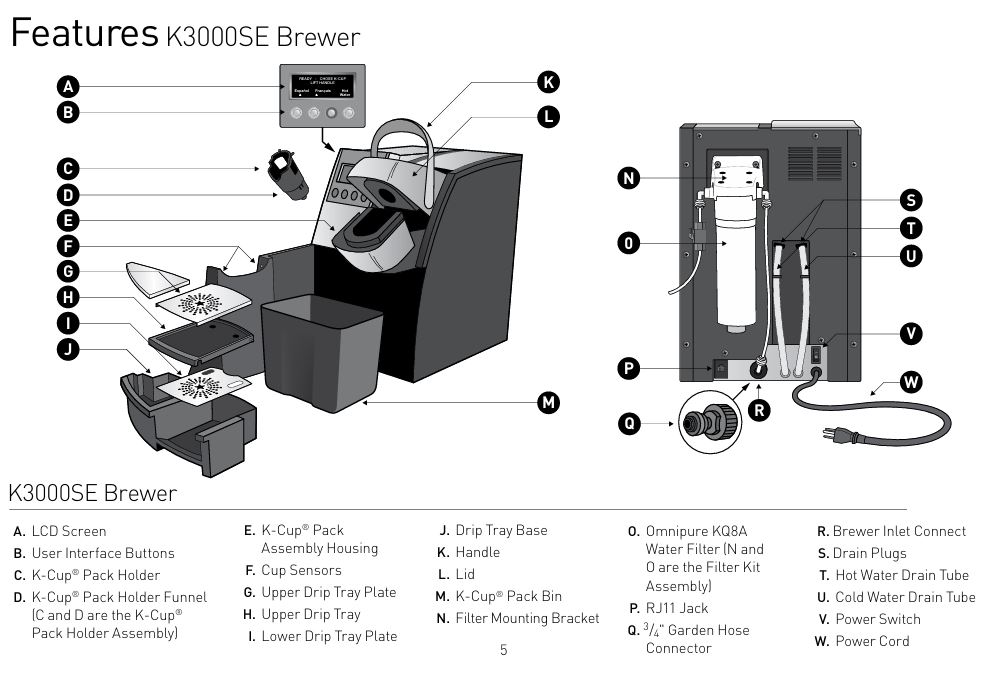
The Keurig K-3000SE is designed to offer quick and easy coffee brewing for commercial settings. Whether you’re in an office, cafeteria, or small business, this machine is intended to deliver high-quality brews with minimal effort.
If you’re encountering issues with your Keurig K-3000SE Commercial Brewing System, you’re not alone. Despite being a reliable and efficient brewing machine, there are a few common problems that can arise during regular use. However, the good news is that many of these problems can be easily resolved with some basic troubleshooting steps.
In this comprehensive guide, we will walk you through troubleshooting the most frequent issues, including power problems, brewing malfunctions, and partial cup brewing. By the end, you’ll have your Keurig K-3000SE working smoothly again, ready to brew that perfect cup of coffee!

Keurig K-3000SE Brewer: Common Issues and Their Solutions
a. Power Issues: Brewer Does Not Turn On
If your Keurig K-3000SE doesn’t power up, it can disrupt your brewing schedule, but this issue is often simple to fix.
Possible Causes and Solutions:
- Incorrect Power Supply:
- Make sure the brewer is plugged into a grounded outlet. It must have its own dedicated power circuit to prevent overloads.
- Tip: Plugging it into an overloaded circuit can cause flickering or power issues, so use a separate outlet for the brewer.
- Brewer Not Turning On:
- Ensure that the power switch is in the “ON” position. Check the LCD display—if it’s not illuminated, try resetting the circuit breaker or plugging the brewer into another outlet.
- Quick Tip: If the display remains off, consider testing the outlet with another device to ensure it’s working.
- Cold Temperature:
- If your brewer has been exposed to freezing temperatures, it may take up to 2 hours to reach room temperature. Avoid using it immediately after being exposed to cold conditions.
- Quick Fix: Wait for the brewer to return to room temperature before powering it on.
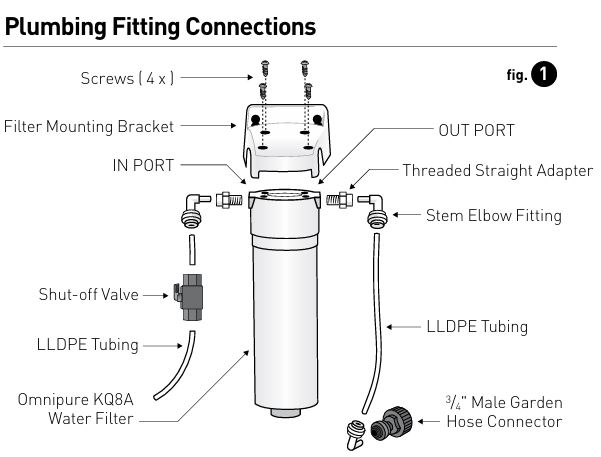
b. Brewing Problems: Brewer Will Not Brew or Brews Incomplete Cups
Brewing inconsistencies can be frustrating, especially when you’re eager to get your cup of coffee. The following issues are commonly encountered when the Keurig K-3000SE stops brewing correctly.
Possible Causes and Solutions:
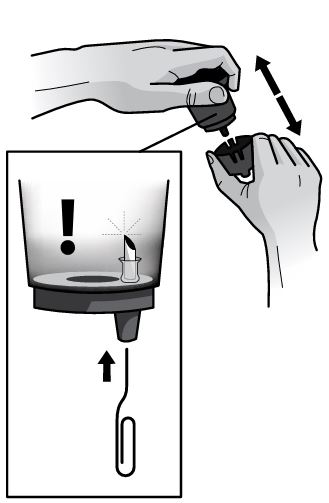
- First-time Use:
- When using the brewer for the first time, it must be primed. If not primed, the internal hot water tank remains empty, and no brewing can occur.
- Quick Tip: Follow the priming procedure outlined in the manual, which involves filling the internal tank with water.
- Clogged Exit Needle:
- If you notice that your brewer is not dispensing the full amount of coffee or is dispensing weak brews, the Exit Needle might be clogged with coffee grounds or mineral buildup.
- Solution: Clean the K-Cup® Pack Holder Assembly and use a paperclip to unclog the needle. A warm rinse under the faucet should also help.
- Incorrect K-Cup® Pack Placement:
- If the K-Cup® pack is not properly seated, it may prevent brewing. Ensure the K-Cup® Pack is properly placed in the holder and that the handle is securely lowered to puncture the pack.
- Quick Tip: A misaligned K-Cup® could lead to brewing failures, so always double-check before pressing the brew button.
c. Partial Cup Brewing
Sometimes, your brewer may not brew the full amount of liquid, or it may dispense a partial cup of coffee.
Possible Causes and Solutions:
- Oversized First Brew:
- If you’re using the brewer for the first time, an unperformed cleansing brew may result in an oversized first cup.
- Solution: Run a cleansing brew cycle without a K-Cup® pack to correct the size of the first cup.
- Clogged Exit Needle:
- As with other brewing issues, the Exit Needle may become clogged with coffee grounds, preventing proper brewing.
- Solution: Perform a full cleaning of the K-Cup® Pack Holder and needle using the steps mentioned earlier.
Quick Fix:
- If your first cup is oversized, perform a cleansing brew without a K-Cup® pack.
- Clean the K-Cup® Pack Holder and Exit Needle to resolve partial cup brewing.
Troubleshooting the K-Cup® Holder Assembly
The K-Cup® Holder Assembly plays a crucial role in puncturing the K-Cup® and allowing hot water to flow through. If it’s malfunctioning, it could lead to brewing problems.
How to Clean the K-Cup® Pack Holder Assembly:
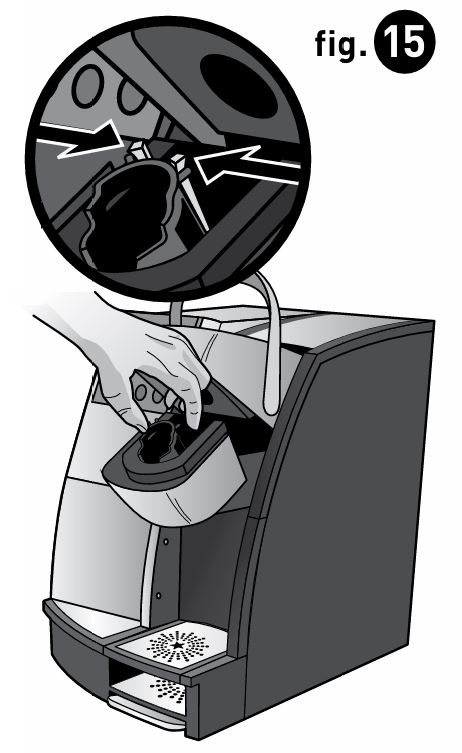
- Remove the K-Cup® Pack Holder:
- Open the brewer handle and take out the K-Cup® Pack Holder Assembly.
- Clean with Water:
- Wash the assembly under warm water. For a more thorough clean, place it in the top rack of your dishwasher but avoid using high heat.
- Clear Clogs:
- Coffee grounds can easily clog the Exit Needle. Use a paperclip to gently clear the needle, and rinse it under warm water afterward.
Note: Cleaning the K-Cup® Holder is essential for smooth brewing. Regular cleaning helps prevent future issues.
Dealing with Error Codes
Your Keurig K-3000SE will display error codes to alert you of any malfunctions or potential problems. Let’s dive into some common error codes and what they mean.
Error Code: BREW TCO OPEN
Meaning: The Brew Tank’s Thermal Cutoff (TCO) is open, preventing the heater from turning on.
Solution:
Ensure the brewer is not drained and that the water tank is filled. If the issue persists, inspect components like the triac and thermostat for faults.
Error Code: DESCALE REQUIRED
Meaning: This error appears when the brewer detects mineral buildup (scale) inside the system.
Solution:
Run a descaling cycle to clear calcium deposits. Follow the manual’s instructions for descaling, as this process will clean the internal parts and restore functionality.
Error Code: CHECK WATER SUPPLY
Meaning: This code indicates an issue with the water supply, possibly due to low water pressure or a disconnected valve.
Solution:
Check that the water supply is connected and turned on. Inspect the water lines for any leaks or damage that may be preventing proper water flow.
Descaling and Cleaning the Brewer
To keep your Keurig K-3000SE running at peak performance, regular cleaning and descaling are essential.
Descaling Instructions:
- Prepare the Brewer:
- Turn off the brewer, unplug it, and drain both the hot and cold water tanks.
- Use Descaling Solution:
- Mix a descaling solution with water and pour it into the water tank.
- Run Cleansing Brews:
- Start the cleansing brew cycle without using a K-Cup® pack. Repeat the process until the descaling solution is fully dispensed.
- Rinse:
- Once descaling is complete, run several water-only cycles to flush out any residual descaling solution.
Cleaning the K-Cup® Pack Holder and Drip Tray:
- K-Cup® Pack Holder:
- Clean it regularly to ensure no coffee grounds obstruct the brewing process.
- Drip Tray:
- Empty the drip tray regularly and clean it with warm soapy water. It can accumulate up to 10 ounces of overflow, so it’s important to inspect it often.
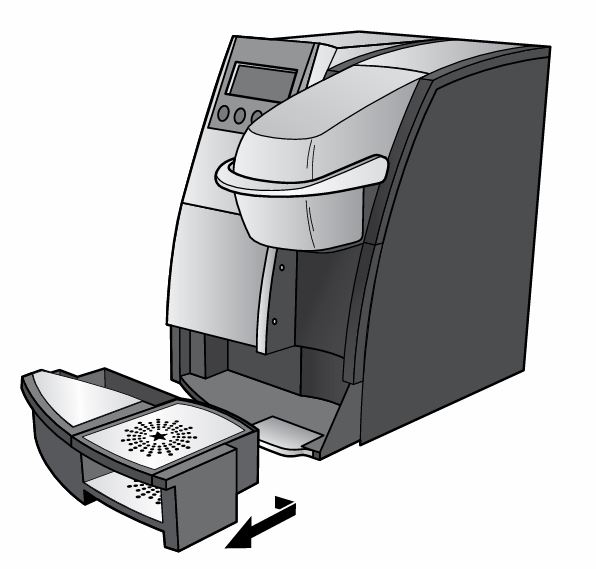
Advanced Troubleshooting and Maintenance Tips
While basic troubleshooting can solve most issues, occasionally you may need to perform advanced maintenance. Below are some tips for more persistent problems:
Check the Brewer’s Water Supply Lines:
- Inspect for any leaks, kinks, or blockages in the water lines that could affect water flow to the brewer.
Perform a Full System Reset:
- If the brewer is acting up and no solution works, consider performing a full system reset by unplugging the machine for several minutes. This can sometimes help clear any software glitches or sensor issues.
Conclusion and Further Assistance
If the troubleshooting steps above don’t resolve your issue, it might be time to consult Keurig’s customer service or a certified repair technician. Ensure that you have your brewer’s serial number on hand to expedite the service process.
By following the steps outlined in this guide, you can ensure that your Keurig K-3000SE will continue brewing delicious coffee and beverages for years to come.
For further assistance, contact Keurig customer support or visit their official website for additional troubleshooting tips and warranty details.

| Issue | Possible Causes | Solutions |
|---|---|---|
| Brewer does not turn on | Incorrect power supply, outlet issues, cold temperature | Ensure brewer is plugged into a dedicated outlet; wait if exposed to cold. |
| Brewer not brewing | First-time use (unprimed), clogged exit needle, incorrect K-Cup® placement | Priming process; clean K-Cup® holder and exit needle; properly position K-Cup®. |
| Brewing incomplete cup | Clogged exit needle, incomplete brew cycle | Clean the K-Cup® holder and exit needle. Run a cleansing brew. |
| Partial cup brewing | Oversized first brew, exit needle clogging | Run a cleansing brew; clean K-Cup® holder and exit needle. |
| Error Code: DESCALE REQUIRED | Calcium buildup (scale) | Perform descaling cycle with recommended solution. |
| Error Code: CHECK WATER SUPPLY | Water supply issues (disconnected, low pressure) | Ensure water is connected and flowing properly; check for blockages. |
Frequently Asked Questions (FAQs)
Why does my Keurig K-3000SE keep turning off?
Ensure the brewer is plugged into a stable power source and that the outlet is not overloaded. If the issue persists, check the power settings or try using a different outlet.
What should I do if the brewer displays a “Descale Required” message?
Follow the descaling instructions to remove any mineral buildup from the brewer’s internal components.
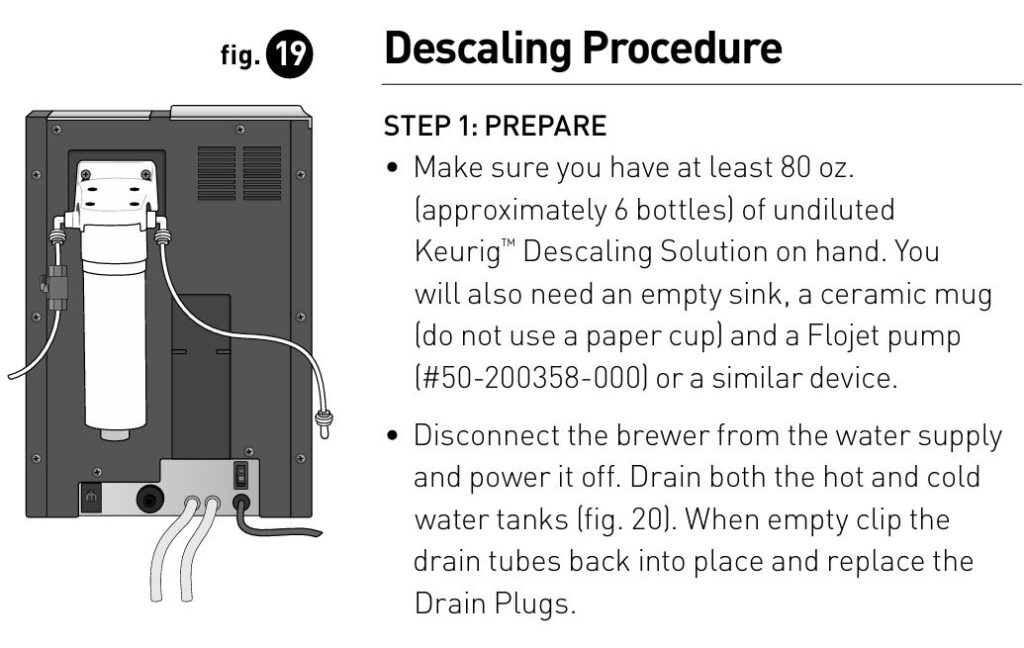
How often should I clean the K-Cup® Pack Holder?
It’s recommended to clean the K-Cup® Pack Holder regularly, especially if you notice any brewing issues or clogging.



0 Comments